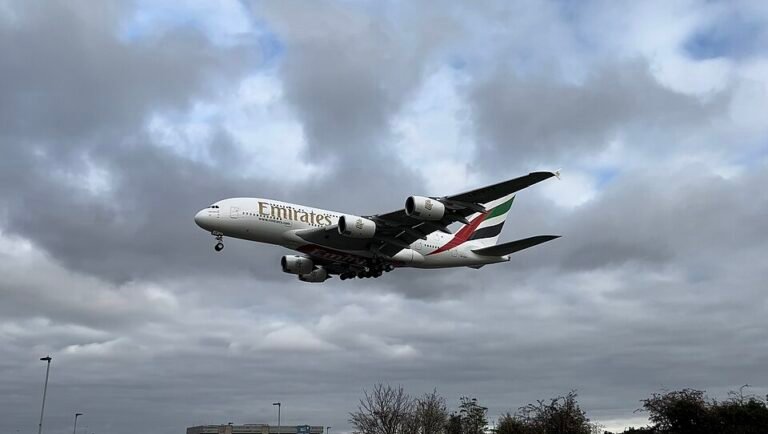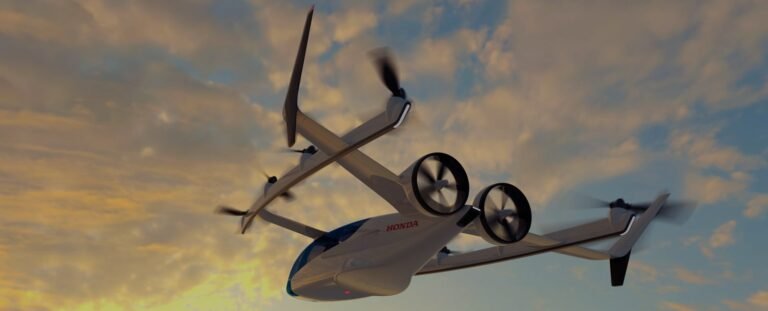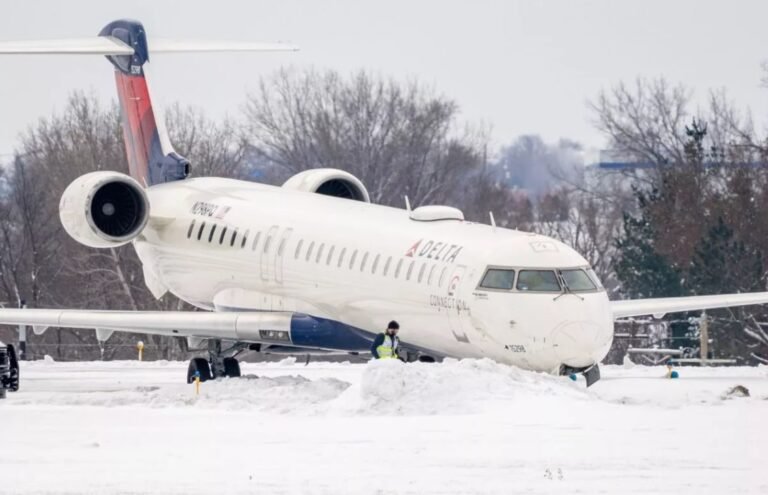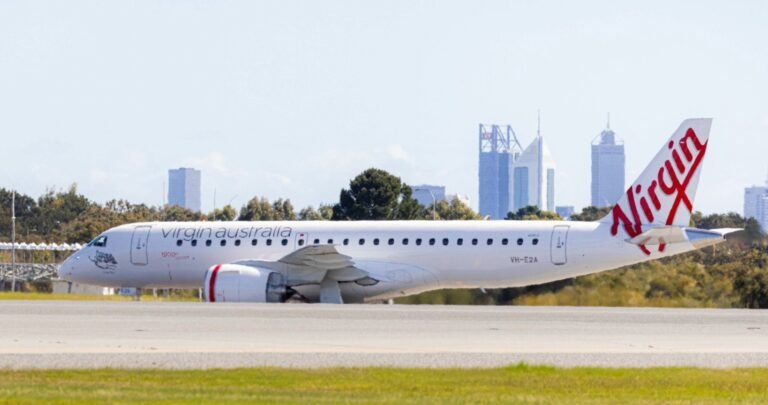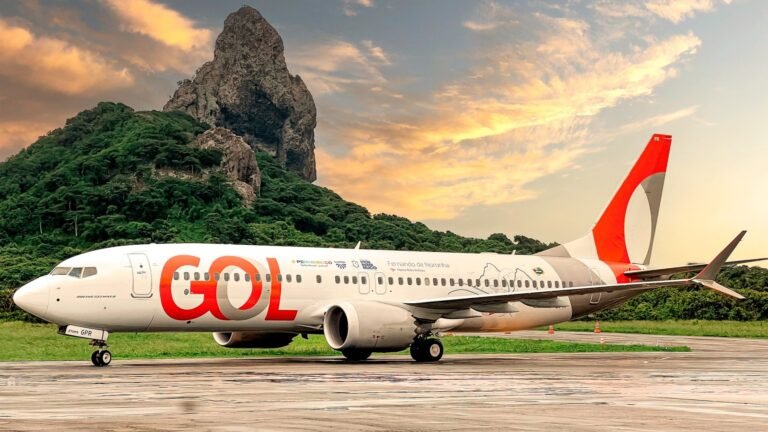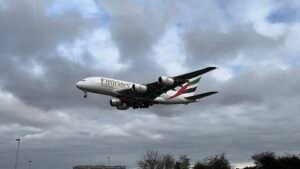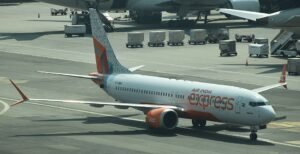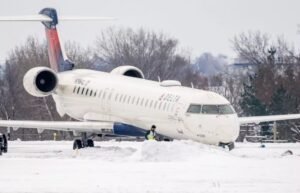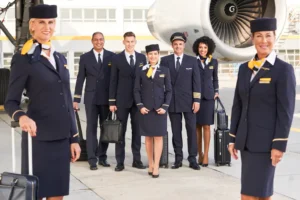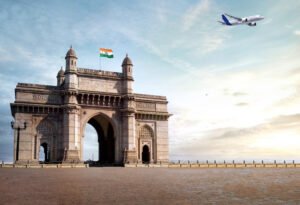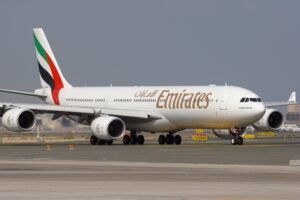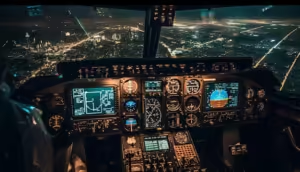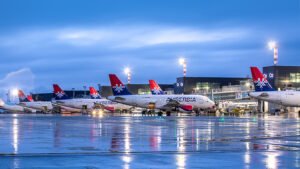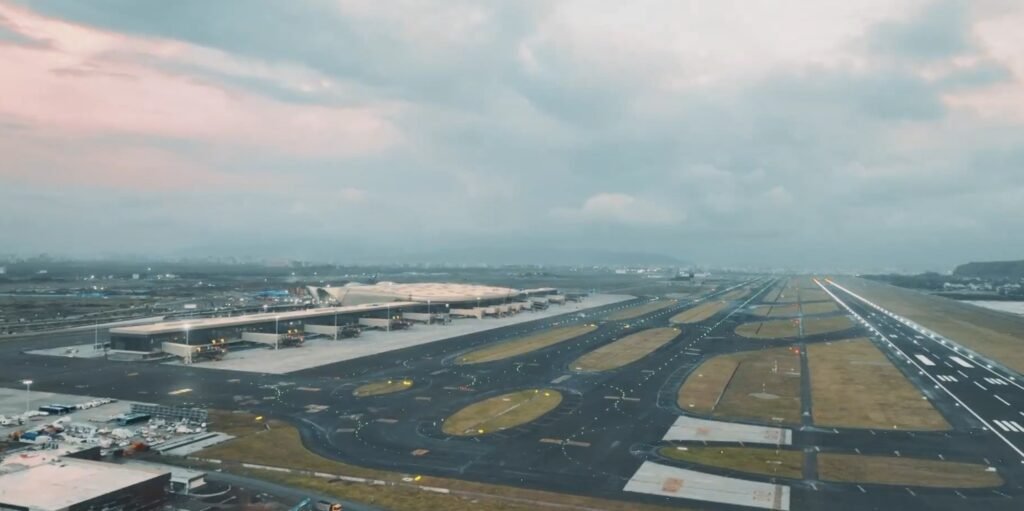
Mumbai, India: On October 8, 2025, the first phase of the Navi Mumbai International Airport (NMIA) was inaugurated, marking a significant milestone in India’s aviation sector. Built at a cost of around Rs 19,650 crore under a Public-Private Partnership (PPP) model by the Adani Group, the airport is expected to ease congestion at Mumbai’s Chhatrapati Shivaji Maharaj International Airport and enhance the city’s position as a global aviation hub.
Phase 1 of NMIA features Terminal 1 and Runway 1, equipped with 10 bus gates and 29 aero bridges. The facility is designed to handle 20 million passengers annually, with plans to expand capacity to 90 million in future phases. Its lotus-inspired architecture includes 12 sculptural columns resembling petals and 17 mega columns supporting the roof, reflecting India’s cultural heritage.
Situated in Ulwe, Navi Mumbai, about 37 kilometers from South Mumbai, NMIA is integrated with multimodal transport options, including metro, roadways, and public transport systems, ensuring seamless connectivity. The airport also hosts India’s largest aircraft maintenance, repair, and overhaul (MRO) facilities, positioning it as a major cargo and logistics hub.
Prime Minister Narendra Modi attended the inauguration ceremony, alongside Maharashtra Chief Minister Devendra Fadnavis, Deputy Chief Ministers Eknath Shinde and Ajit Pawar, highlighting the national importance of the project. Chief Minister Fadnavis announced that the first ticket issued from the airport would bear the name of the late D.B. Patil, a prominent farmer leader and legislator.
Commercial operations are scheduled to begin in December 2025. NMIA’s advanced facilities, strategic location, and integration with multimodal transport networks are set to transform Mumbai’s aviation landscape.
In addition, the ‘Mumbai One’ app was launched to enhance urban mobility. The platform integrates services from 11 public transport operators across the Mumbai Metropolitan Region, allowing seamless travel on trains, metros, buses, monorails, and Navi Mumbai Municipal Transport (NMMT), which serves around 200,000 passengers daily.

